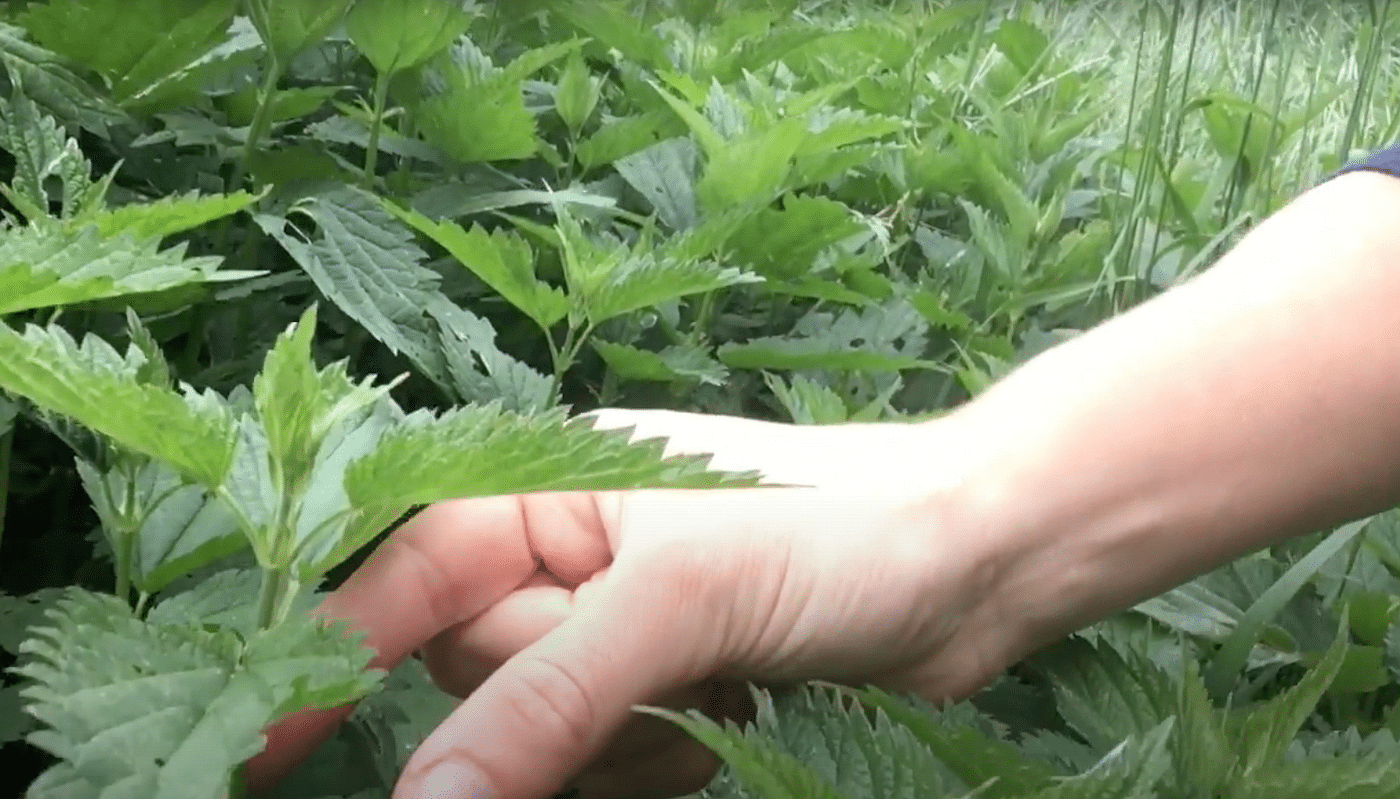Blog
What is the culinary use of stinging nettles?

Stinging nettles, often perceived as a nuisance due to their prickly nature, have emerged as an unexpected culinary delight, offering a plethora of flavors and nutrients to adventurous chefs and home cooks alike. Despite their stinging hairs, nettles have been cherished in culinary traditions around the world for centuries, prized for their earthy taste and versatile culinary applications. Let’s embark on a gastronomic journey to explore the culinary use of stinging nettles and unlock the secrets of this humble yet remarkable herb.
Introduction to Stinging Nettles:
Stinging nettles, scientifically known as Urtica dioica, are herbaceous plants native to Europe, Asia, North America, and Africa. Characterized by their serrated leaves and stinging hairs, nettles are often found in wooded areas, meadows, and along riverbanks. While their sting can cause discomfort upon contact with bare skin, nettles boast an array of culinary and medicinal properties that have captivated the attention of chefs and herbalists alike.
Harvesting and Handling Nettles:
Before delving into their culinary use, it’s essential to understand how to harvest and handle nettles safely. Nettles should be harvested during the springtime when they are young and tender, preferably wearing gloves to protect against stings. Once harvested, nettles can be blanched or cooked, which neutralizes the stinging hairs and renders them safe for consumption.
Nutritional Profile of Nettles:
Nettles are nutritional powerhouses, packed with vitamins, minerals, and antioxidants that contribute to overall health and well-being. They are rich in vitamins A, C, and K, as well as iron, calcium, and magnesium. Nettles also contain chlorophyll, flavonoids, and other phytonutrients that support immune function, promote healthy digestion, and reduce inflammation.
Culinary Applications of Nettles:
Nettles offer a myriad of culinary possibilities, adding depth and complexity to a variety of dishes. Their earthy flavor is often compared to spinach or kale, making them a versatile ingredient in soups, stews, sauces, and salads. Nettle soup, a traditional dish in many European countries, showcases the herb’s delicate flavor and vibrant green color, while nettle pesto adds a unique twist to pasta dishes and sandwiches.
Nettles in Traditional Cuisine:
Nettles have long been valued in traditional cuisines around the world, where they are celebrated for their culinary and medicinal properties. In Scandinavian countries, nettles are used to make “nældesuppe,” a nourishing soup enjoyed during the spring months. In Italy, nettles are incorporated into “risotto alle ortiche,” a savory rice dish infused with the herb’s distinctive flavor. In Japan, nettles are known as “ao-jiso” and are used in soups, tempura, and sushi rolls, adding a refreshing taste and vibrant color to dishes.
Health Benefits of Nettles:
In addition to their culinary appeal, nettles offer a range of health benefits that have been recognized in herbal medicine for centuries. Nettle tea is often consumed for its diuretic properties, helping to support kidney function and reduce water retention. Nettles are also used to alleviate symptoms of allergies, hay fever, and arthritis, thanks to their anti-inflammatory and antihistamine properties. Nettle extracts and supplements are available in health food stores and pharmacies, offering a convenient way to harness the herb’s therapeutic potential.
Incorporating Nettles into Everyday Meals:
Incorporating nettles into everyday meals is simple and rewarding, adding a nutritious and flavorful twist to familiar dishes. Nettle omelets, quiches, and frittatas are a delicious way to start the day, while nettle pasta, lasagna, and risotto provide comforting options for lunch or dinner. Nettle-infused oils, vinegars, and salts can be used to season vegetables, meats, and seafood, enhancing their flavor and nutritional content.
Sustainability and Environmental Impact:
Nettles are not only nutritious and delicious but also environmentally sustainable. They require minimal water, fertilizer, and pesticides to grow, making them an eco-friendly alternative to conventional crops. Nettles also help improve soil health and biodiversity, providing habitat and food for insects, birds, and other wildlife. By incorporating nettles into our diets, we can support sustainable agriculture practices and reduce our environmental footprint.
Embracing the Prickly Green
In conclusion, stinging nettles offer a world of culinary possibilities, inviting us to embrace the prickly green and discover its hidden treasures. From nourishing soups to savory sauces and refreshing teas, nettles captivate the palate with their earthy flavor and nutritional richness. By understanding how to harvest, handle, and prepare nettles safely, we can unlock their culinary potential and reap the benefits of this humble yet remarkable herb. Whether enjoyed in traditional dishes or modern creations, nettles remind us of the abundant gifts that nature provides and the endless opportunities for culinary exploration that await us.
FAQ:



One thought on “What is the culinary use of stinging nettles?”